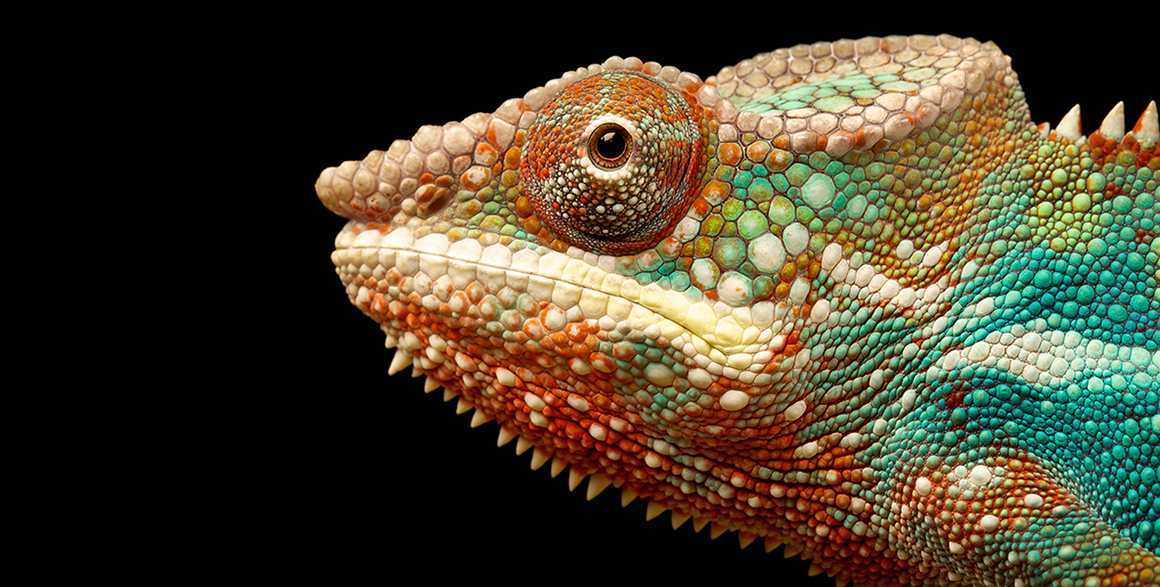In this film, Dr Ben Price explains the intricate workings of human eyes. By comparing our eyes to those of dragonflies, he reveals humanity's unique way of seeing.
Seven intriguing facts about our eyes and vision
1. The image projected onto the back of our eyes is upside down. Our brain decodes this image so that we perceive it the right way up.
2. Experiments by MIT scientists show that the human brain can process and correctly identify images seen for as little as 13 milliseconds.
3. The muscles that control your eyes are the most active muscles in your body.
4. Concentrated at the outer edges of the retina, rod cells are involved in peripheral vision. They are far more sensitive to light than cone cells, which is why you can sometimes see stars out of the corner of your eye at night, but when you look straight at them they seem to disappear.
5. Human eyes are actually extremely sensitive to light - they can detect a single photon (particle of light) in a dark room, according to new research published in Nature Communications.
6. The 'red eye' effect in photos occurs when light from the flash bounces off the back of the eye, where there are lots of blood vessels in a layer called the choroid.
7. At the point where the optic nerve leaves the eye there aren't any light receptor cells. This creates a blind spot. Most of the time we don't see this empty, dark area though: our brain fills in the gap using information from the surrounding picture or other eye.




Don't miss a thing
Receive email updates about our news, science, exhibitions, events, products, services and fundraising activities. We may occasionally include third-party content from our corporate partners and other museums. We will not share your personal details with these third parties. You must be over the age of 13. Privacy notice.
Follow us on social media